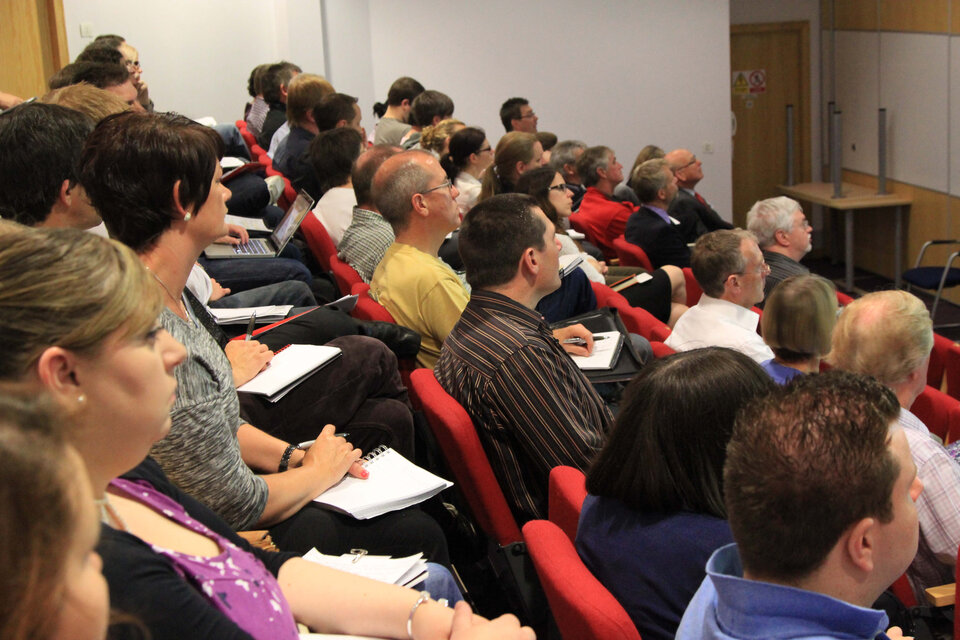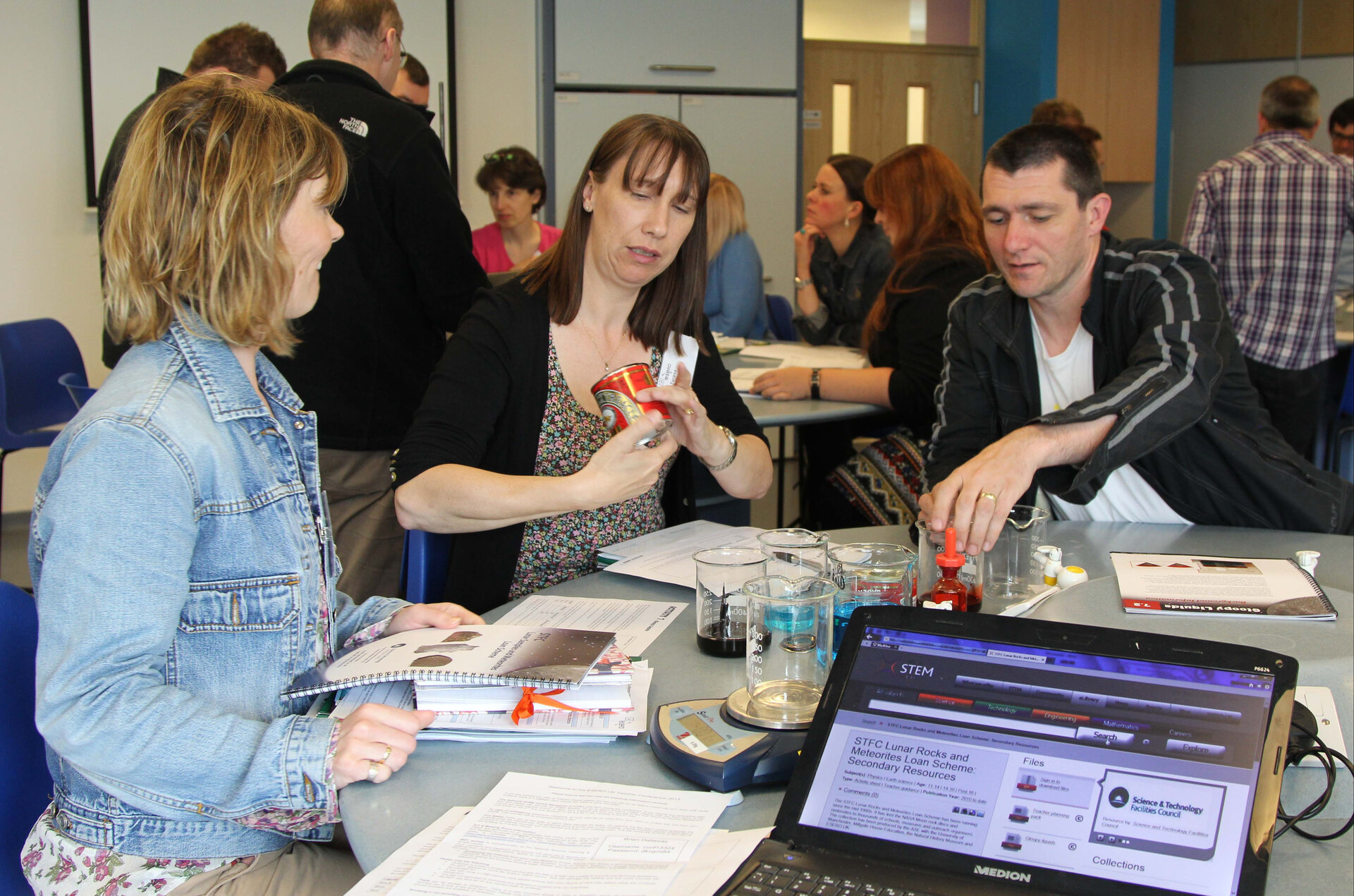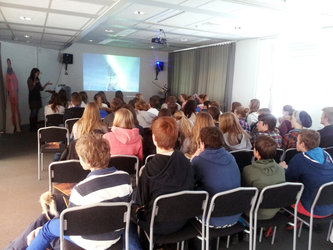ESERO-UK Teacher Conference stimulates science and maths education in the UK
This week, sixty secondary school teachers from across the United Kingdom took part in an event to explore the use of space as an inspiration topic to enrich the teaching and learning of Science, Technology, Engineering and Mathematics (STEM) subjects.
The conference was organised by the ESERO-UK (UK Space Education Office) and took place at the National STEM Centre, located at the University of York, UK on the 2-3 July. “We use space to enrich teaching and learning in the classroom,” said Allan Clements, ESERO UK Manager, during the opening session.
This conference is part of ESERO-UK efforts to attract those teachers curious to learn more about the role that space can play in teaching biology, chemistry, physics and maths. The conference covered a wide number of topics, and included hands-on workshops, as well as lectures focusing on new curriculum developments and education projects.
“One of our main objectives is to enable the sharing of good practices on space-related teaching and promote the usage of space related resources produced by ESA, UK Space Agency and other organisations in the UK that operate in the field of space and science education,” says Clements.

To this end, the teachers looked in depth at some of the 280 space resources already available at the National STEM Centre elibrary, which attracts currently about 3000 resource downloads per month.
ESA Science missions Gaia and Rosetta were highlighted as both of them have a clear inspirational value. Gaia will provide an unprecedented map of the Milky Way and Rosetta will make the first landing on a comet to understand the origin of Earth and of life itself. They also provide opportunities for students and teachers to be involved in the science being discovered.
The conference included a session to explain more about the latest developments in the new draft science curriculum for England. Space physics is set to be an important part of it and the UK government is currently asking for feedback from teachers. Part of the session informed teachers how to make their feelings known. It also gave them a voice in defining the future of science education.
In addition, the mission of UK’s ESA astronaut Tim Peake to the International Space Station in 2015 will provide a key educational opportunity. To help his mission become as helpful to teachers as possible, there was a discussion run by the UK Space Agency entitled: ‘What do we want from Tim Peake?’

The conference culminated in a lecture by Professor John Zarnecki, a space scientist from the Open University, Milton Keynes, Buckinghamshire. He served as the Principal Investigator for the Surface Science Package on ESA’s Huygens spacecraft that landed on Saturn’s moon Titan in 2005.
Professor Zarnecki talked about the challenge and triumph of Huygens, the furthest landing yet made in the solar system. The probe returned invaluable information about the conditions on Titan, which are thought to match those of Earth before the origin of life on our planet.
He also spoke about the importance of teaching people to work scientifically and used the successful Huygens project as an example of how to carry out good science. Working scientifically is a major part of the school curriculum at both primary and secondary levels and encapsulates the way experiments are devised and performed, how to be objective and how to draw conclusions.
This underpinning of good scientific practice can be a valuable lesson even for a student who ultimately follows a career path away from the sciences. This is because it enhances the ability to think in a rational, objective way, which is a key priority in literacy, for example.
Closing the conference, Clements said that its success was due to the high quality lectures and practical activities delivered by highly professional presenters. He also thanked ESA, UK Space Agency, The National STEM Centre and STFC for their support and applauded the enthusiasm and commitment of the teachers who attended the event.
In response, one of the teachers tweeted – ‘Great conference! Teachers inspired & motivated by brilliant presenters. ESERO puts the ACE in SPACE.’







